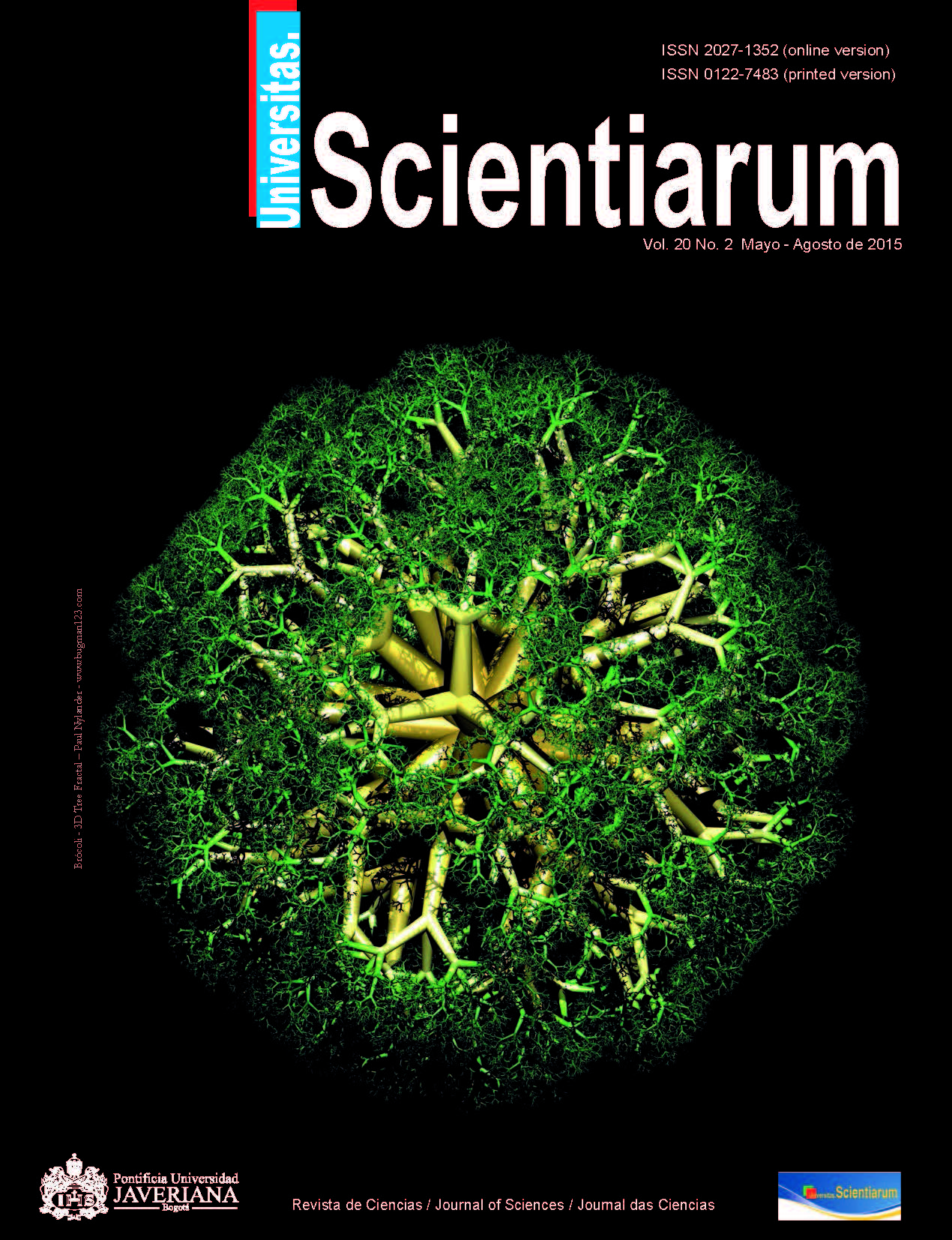Abstract
We studied the preservation of Azotobacter chroococcum C26 using three dry polymers: carrageenin, sodium alginate, and HPMC, using a method of accelerated degradation. Bacterial viability, as response variable, was measured at three temperatures in four different times, which was followed by calculation of bacterial degradation rates. Results showed that temperature, time of storage, and protective agent influenced both viability and degradation rates (P<0.05). We observed, using the Arrhenius thermodynamic model, that the use of polymers increased the activation energy of bacterial degradation compared to control. We obtained thermodynamic models for each polymer, based on the Arrhenius equation, which predicted the required time for thermal degradation of the cells at different temperatures. Analysis of the models showed that carrageenin was the best polymer to preserve A. chroococcum C26 since ~ 900 days are required at 4 ºC to reduce its viability in two log units. We conclude, therefore, that long-term preservation of A. chroococcum C26 using dry polymers is suitable under adequate preservation and storage conditions.
Univ. Sci. is registered under a Creative Commons Attribution 4.0 International Public License. Thus, this work may be reproduced, distributed, and publicly shared in digital format, as long as the names of the authors and Pontificia Universidad Javeriana are acknowledged. Others are allowed to quote, adapt, transform, auto-archive, republish, and create based on this material, for any purpose (even commercial ones), provided the authorship is duly acknowledged, a link to the original work is provided, and it is specified if changes have been made. Pontificia Universidad Javeriana does not hold the rights of published works and the authors are solely responsible for the contents of their works; they keep the moral, intellectual, privacy, and publicity rights. Approving the intervention of the work (review, copy-editing, translation, layout) and the following outreach, are granted through an use license and not through an assignment of rights. This means the journal and Pontificia Universidad Javeriana cannot be held responsible for any ethical malpractice by the authors. As a consequence of the protection granted by the use license, the journal is not required to publish recantations or modify information already published, unless the errata stems from the editorial management process. Publishing contents in this journal does not generate royalties for contributors.



